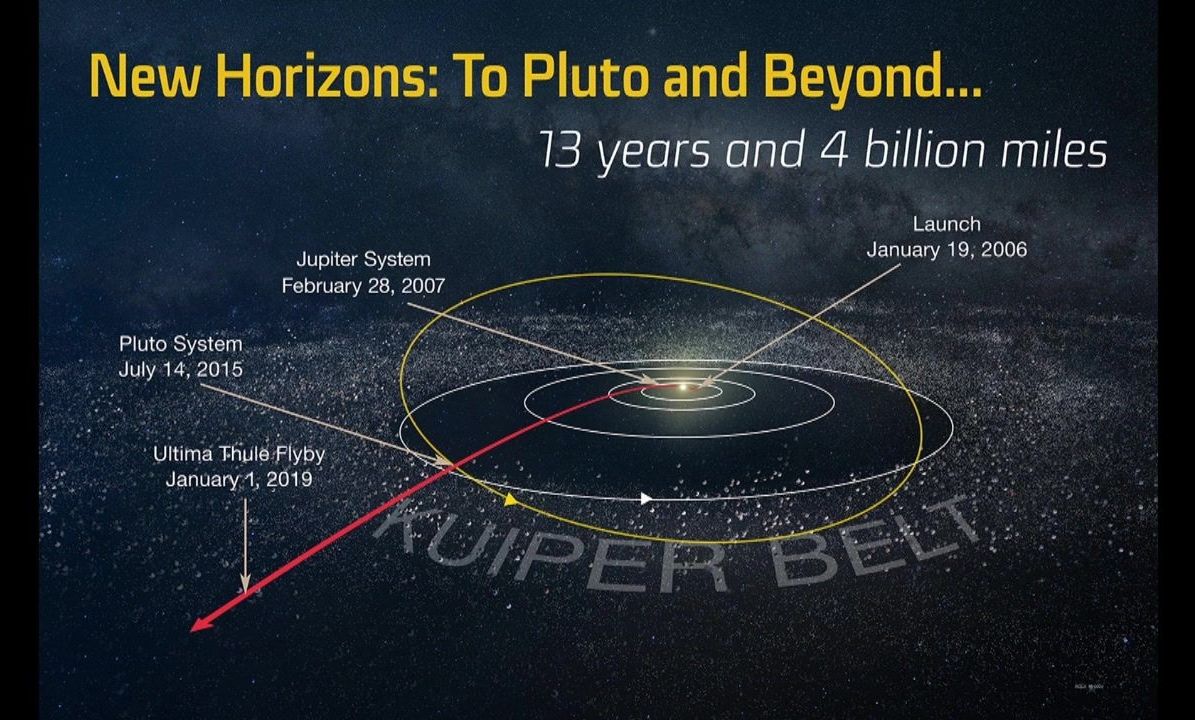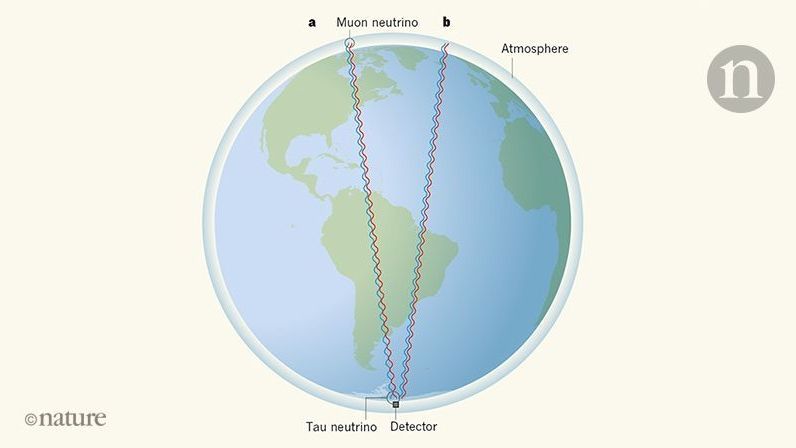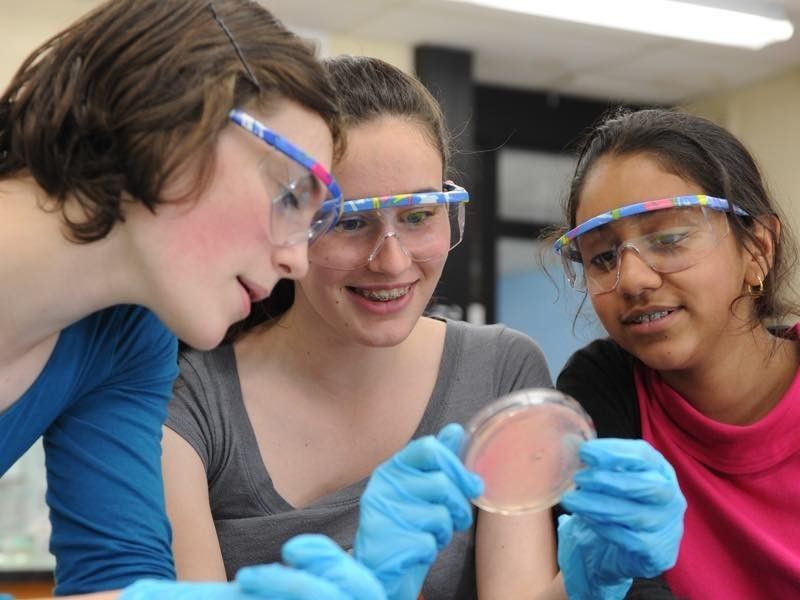Page 9512
Sep 22, 2018
A Look at Ultima Thule: New Horizons Next Destination
Posted by Michael Lance in category: space

Join us at 1 p.m. EDT on Wednesday, Sept. 19, as our experts discuss humanity’s farthest planetary flyby that is coming up on Jan. 1, 2019 of the mysterious object nicknamed “Ultima Thule”. The encounter will occur approximately 4 billion miles from Earth complementing the discoveries still coming from the mission’s epic July 2015 flight through the Pluto system.
Sep 22, 2018
‘We will get regular body upgrades’: what will humans look like in 100 years?
Posted by Zoltan Istvan in categories: biotech/medical, cyborgs, neuroscience, transhumanism
A new fascinating feature is out by The Guardian magazine (via writer Richard Godwin) on the future of the human body. Six of us are interviewed and/or wrote about our take on the future. Fun reading! My mini-essay is in this: https://www.theguardian.com/…/regular-body-upgrades-what-wi… #transhumanism
Mechanical exoskeletons, bionic limbs, uploadable brains: six experts’ visions of 2118.
Continue reading “‘We will get regular body upgrades’: what will humans look like in 100 years?” »
Sep 22, 2018
Japan Has Enough Nuclear Material to Build an Arsenal. Its Plan: Recycle
Posted by Genevieve Klien in categories: materials, nuclear energy
Japan has spent decades building a facility to turn nuclear waste into nuclear fuel, but neighbors fear it has other plans for its plutonium.
Sep 22, 2018
SpaceX gives us a glimpse of its Mars base vision
Posted by Genevieve Klien in categories: Elon Musk, space travel
SpaceX chief Elon Musk has tweeted two photos that give us a peek into the company’s Martian dreams. One of the images shows the BFR, the massive rocket SpaceX is developing for deep space missions, while the other shows the BFR and what he called “Mars Base Alpha.” It’s no secret that the private space corporation wants to build a human settlement on the red planet. Back in 2017, it announced its plans to launch two BFR cargo missions to Mars by 2022 to prepare for the arrival of the first Martian settlers by 2024. Before any of that can happen, though, SpaceX has to be able to start testing its BFR system in the first half of 2019.
Sep 22, 2018
Why You’re Probably Getting a Microchip Implant Someday
Posted by Genevieve Klien in categories: computing, health
Microchip implants are going from tech-geek novelty to genuine health tool—and you might be running out of good reasons to say no.
Sep 22, 2018
Spray-on antennae could usher in a generation of ultra-slim gadgets
Posted by Genevieve Klien in categories: engineering, materials

Researchers from Drexel University’s College of Engineering invented a material called MXene, that they say perform as well as those currently used in mobile devices.
MXene titanium carbide can be dissolved in water to create an ink or paint and the exceptional conductivity of the material enables it to transmit and direct radio waves, even when it’s applied in a very thin coating.
Continue reading “Spray-on antennae could usher in a generation of ultra-slim gadgets” »
Sep 22, 2018
Philanthropy Assignment: Inspire Tomorrow’s Leaders With Science
Posted by Genevieve Klien in categories: biotech/medical, business, education, engineering, mathematics, science
In a world increasingly driven by industries that rely on advanced technical learning and innovation, fluency in STEM fields (science, technology, engineering and math) becomes more vital every day. Yet our education system isn’t keeping up. Five years ago, a Business-Higher Education Forum study found that 80% of high school students either lacked interest or proficiency in STEM subjects. Meanwhile, a college and career readiness organization known as ACT reported last year that the number of students pursuing STEM careers is growing at less than 1% annually.
The Amgen Foundation is doing something about it. As the principal philanthropic arm of Amgen, the largest independent biotechnology company, the Amgen Foundation has been committed to inspiring the next generation of scientists and innovators by making immersive science education a focus of its social investments for almost 30 years. While Amgen has reached millions of patients around the world with biotechnology medicines to combat serious illnesses, such as cardiovascular disease, cancer and migraines, the Amgen Foundation has reached more than 4 million students globally—and it is poised to launch a new program called LabXchange with the potential to reach millions more.
“As a scientist, it’s clear to me that the most effective way to learn science is by doing it,” says David Reese, executive vice president of Research and Development at Amgen and member of the Amgen Foundation board of directors. “It’s time to transform the science learning experience. We need to move from information acquisition to application and exploration, from students as passive listeners to active participants in the learning process, from teachers as knowledge transmitters to facilitators and coaches.”
Continue reading “Philanthropy Assignment: Inspire Tomorrow’s Leaders With Science” »
Sep 22, 2018
How to break up Facebook, Google, and other tech giants
Posted by Derick Lee in category: futurism
Antitrust crusaders have built up serious momentum in Washington, but so far, it’s all been theory and talk. Groups like Open Markets have made a strong case that big companies (especially big tech companies) are distorting the market to drive out competitors. We need a new standard for monopolies, they argue, one that focuses less on consumer harm and more on the skewed incentives produced by a company the size of Facebook or Google.
Someday soon, those ideas will be put to the test, probably against one of a handful of companies. For anti-monopolists, it’s a chance to reshape tech into something more democratic and less destructive. It’s just a question of which company makes the best target.
To that end, here’s the case against four of the movement’s biggest targets, and what they might look like if they came out on the losing end. (Note: Apple was too much of a conventional retailer to make the list, but if you’re wondering what an antitrust lawsuit against Cupertino might look like, this is a pretty good place to start.)
Continue reading “How to break up Facebook, Google, and other tech giants” »
















